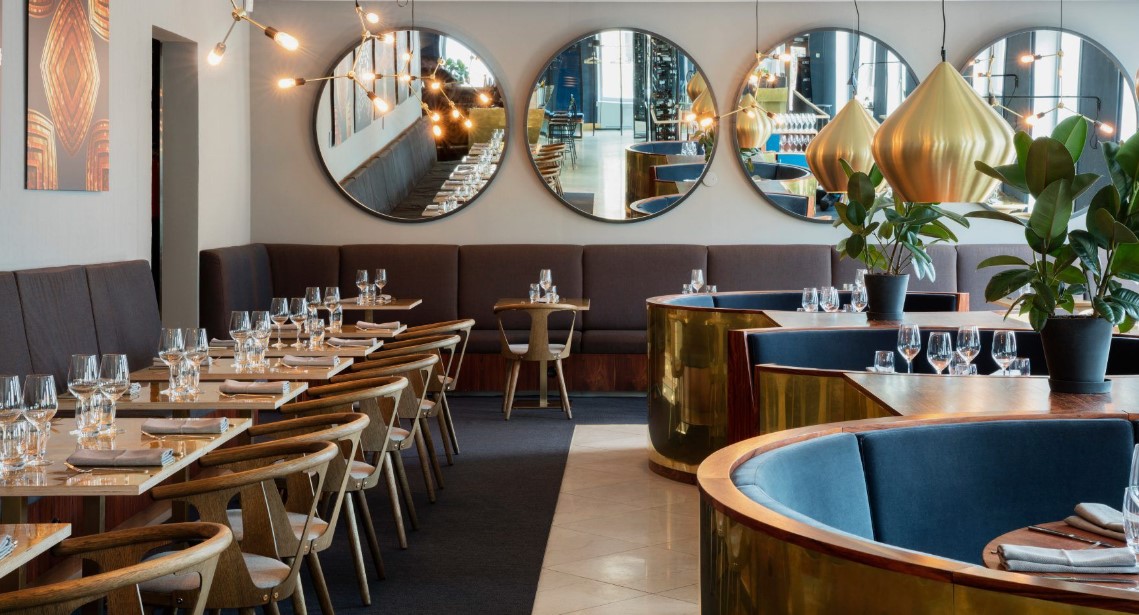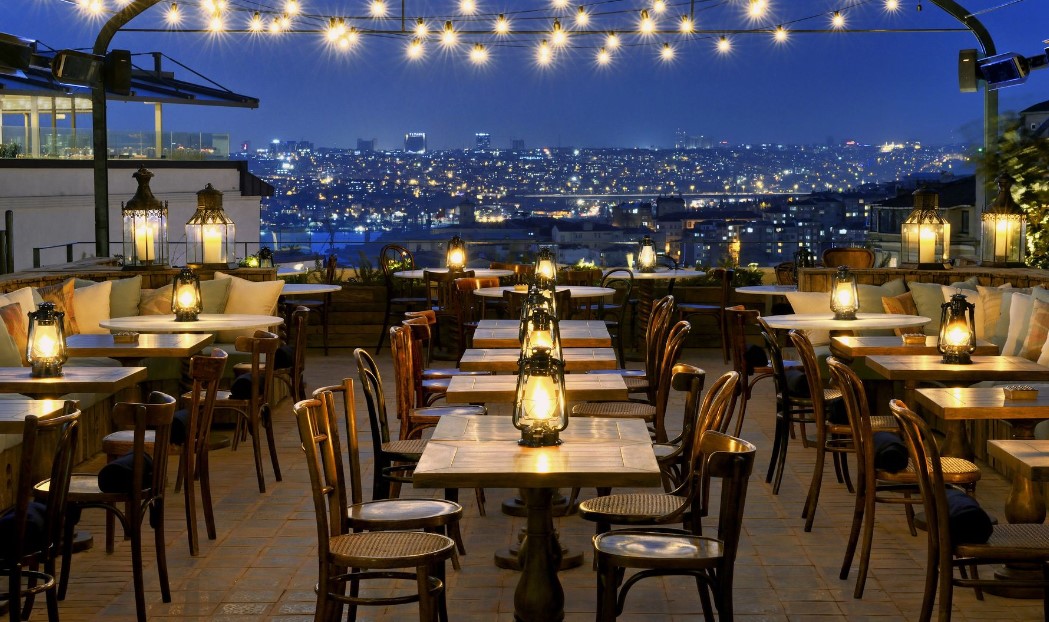Sustainability has emerged as a significant consideration in numerous sectors, including the restaurant industry. As a result of increased awareness regarding the environmental impact of food production and waste, restaurants have begun incorporating more sustainable practices aimed at reducing their carbon footprint and providing an environmentally conscious dining experience. This article investigates the extent to which the restaurant industry has adopted sustainable measures and examines the associated benefits for both businesses and consumers.
Environmental Impact of The Restaurant Industry
The restaurant industry has a significant environmental impact, including ingredient sourcing, energy consumption, and waste generation. Food production, particularly meat and dairy, has a significant impact on carbon emissions, deforestation, and water consumption. Moreover, dining establishments generate substantial waste volumes, including food remnants, packaging, and single-use plastics. These environmental concerns have encouraged several restaurants to reevaluate their operations and adopt more sustainable procedures. Restaurants can lessen their environmental impact by reducing waste, conserving energy, and procuring responsibly.

Finding Sustainable Ingredients
Responsible ingredient sourcing is one of the most efficient ways restaurants can improve sustainability. Promoting local and seasonal foods reduces transportation’s carbon footprint and supports local farmers. Restaurants increasingly use organic and sustainably grown food without toxic pesticides and fertilizers. Another essential part of sustainable sourcing is reducing reliance on animal products. Meat and dairy production have a much larger environmental impact than plant-based diets. As a result, many restaurants are incorporating more plant-based options into their menus, offering dishes that are not only environmentally friendly but also nutritious and delicious.
Reducing Food Waste
Food waste is a major issue in the restaurant sector, with vast quantities of edible food frequently discarded. Several restaurants are introducing waste-reduction techniques such as portion management, creative use of surplus ingredients, and giving leftover food to local organizations to address this issue. Some restaurants also use the “nos”-to-tail” and “roo”-to-stem” roaches, which use all parts of an animal or plant to reduce waste. These approaches limit food waste and enable cooks to be more creative, resulting in distinctive and novel recipes.
Energy-Efficient and Sustainable Design
A sustainable restaurant must prioritize energy efficiency, sustainable sourcing, and waste minimization. Many restaurants use energy-efficient appliances, lighting, and HVAC systems to cut their energy use. LED lighting, for example, uses far less energy than standard incandescent bulbs, and energy-efficient stoves and refrigerators can help to reduce electricity consumption. Sustainable design is also important for reducing environmental effects. This includes choosing environmentally friendly materials for furnishings and design, installing water-saving fixtures, and implementing green building techniques like solar panels and rainwater collection systems. Restaurants can reduce their carbon footprint by making their physical settings more sustainable.
The Growth of Zero-Waste Restaurants
Zero-waste restaurants are a growing trend in the restaurant sector. These businesses intend to eliminate waste. They take a comprehensive approach to sustainability, procuring ingredients with little packaging, composting food leftovers, and reusing all materials. Some zero-waste restaurants establish on-site composting systems and use them to grow their crops. Zero-waste restaurants reduce their environmental effect while setting an example for the rest of the industry. They show how to run a successful restaurant that reduces waste and promotes sustainability.

Consumer Demand for Sustainable Dining
Consumer demand for sustainable eating is increasing as individuals become more conscious of the environmental consequences of their food choices. Consumers are increasingly drawn to restaurants that prioritize sustainability through the utilization of organic ingredients, reduction of food waste, and provision of plant-based menu options. This shift in consumer preference presents an opportunity for establishments to distinguish themselves within a fiercely competitive industry. By embracing sustainable practices, restaurants can appeal to environmentally conscious diners while fostering loyalty among their customer bases.
Challenges And Opportunities for Restaurants
While becoming green has many advantages, it also has some drawbacks. Implementing sustainable practices can entail a considerable upfront investment, such as obtaining more expensive organic ingredients, replacing energy-efficient appliances, or changing the restaurant’s structure. Restoring sustainable ingredients year-round may be challenging, particularly in regions with limited growing seasons. However, the long-term benefits of sustainability often outweigh these challenges. Sustainable practices can save money by conserving energy, eliminating waste, and increasing efficiency. Furthermore, by positioning themselves as environmentally responsible, restaurants can boost their brand image and attract more environmentally conscious customers.
Conclusion
Sustainability is no longer a secondary concern in the restaurant industry; it is becoming a primary emphasis for many businesses as they aim to reduce their environmental impact while satisfying consumer demand for environmentally friendly dining options. Restaurants may promote sustainability and contribute to a healthier environment by shopping intelligently, reducing waste, and enhancing energy efficiency. The rise of sustainable dining allows individuals to enjoy delicious meals while benefiting the environment. Diners support the best of the best restaurants prioritizing sustainability can positively impact the sector and help drive it toward a more sustainable future.

Surfer, dreamer, record lover, Vignelli fan and growthhacker. Making at the sweet spot between simplicity and mathematics to create strong, lasting and remarkable design. German award-winning designer raised in Austria & currently living in New York City.






